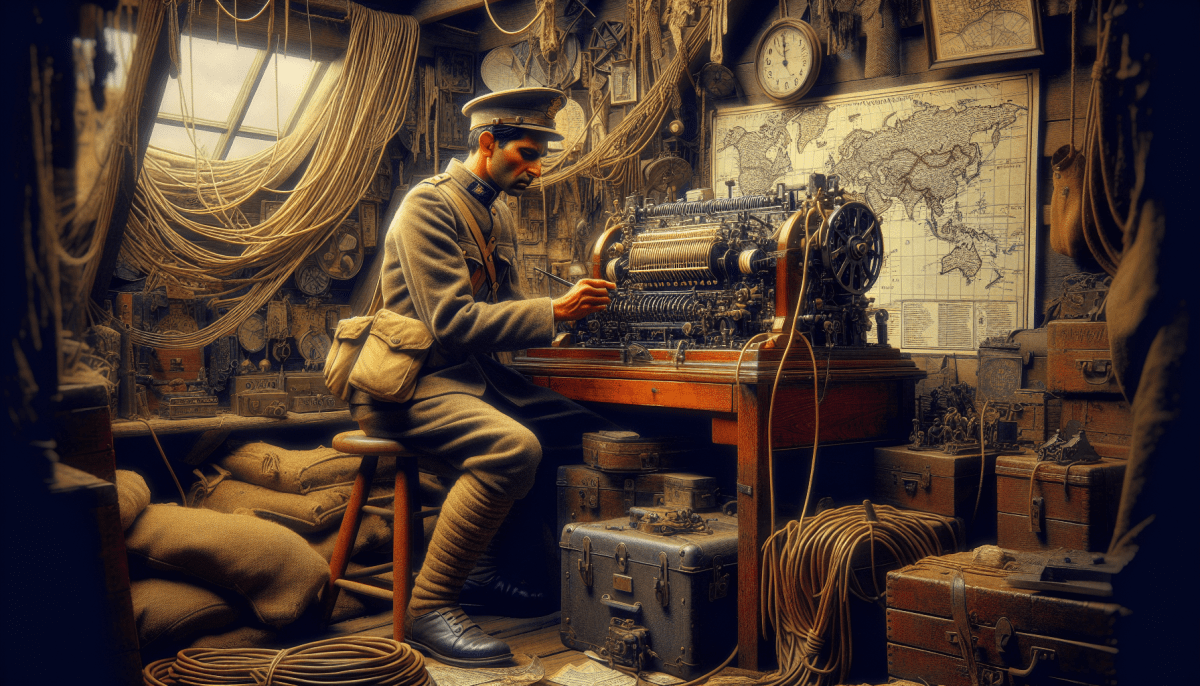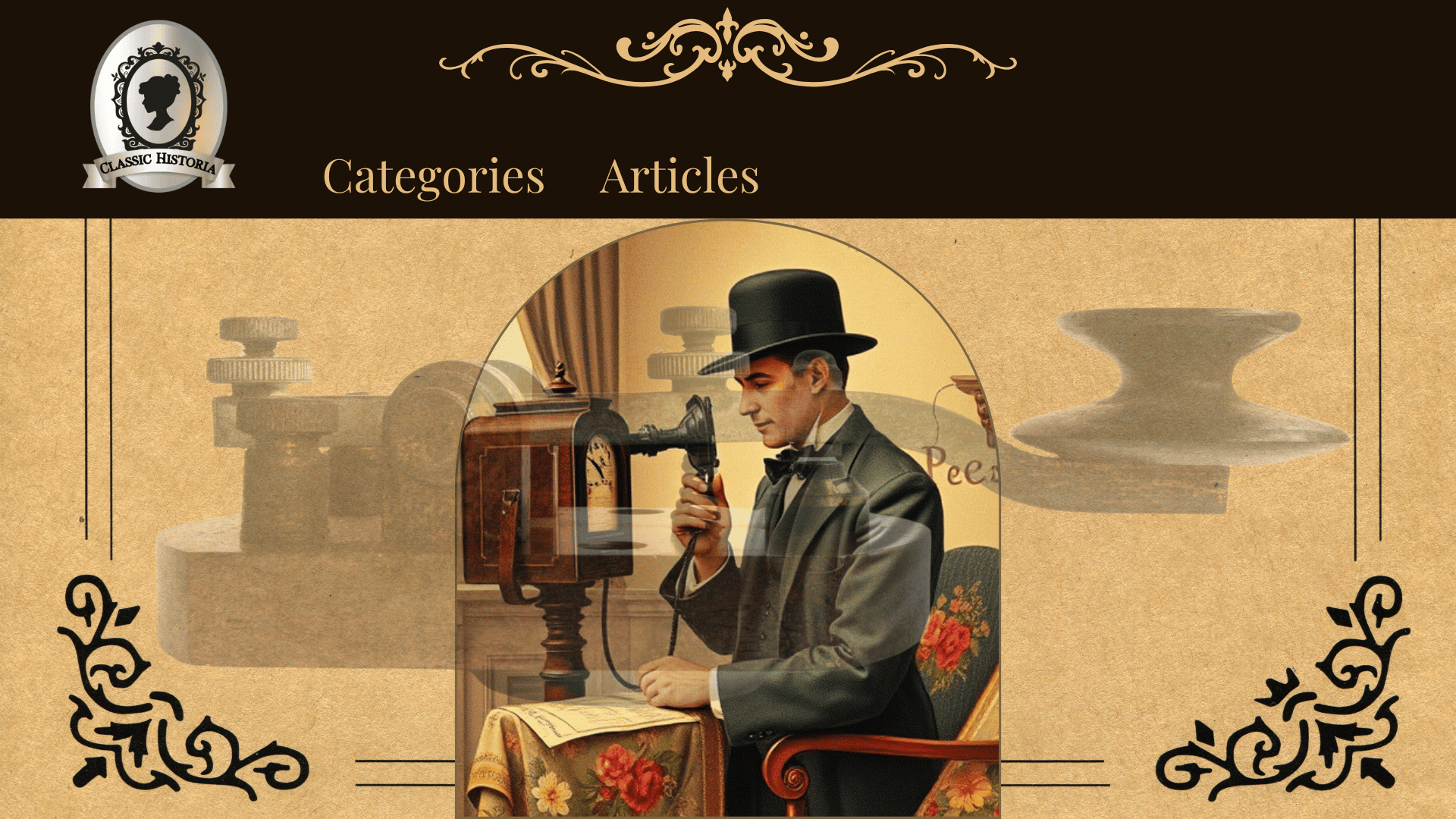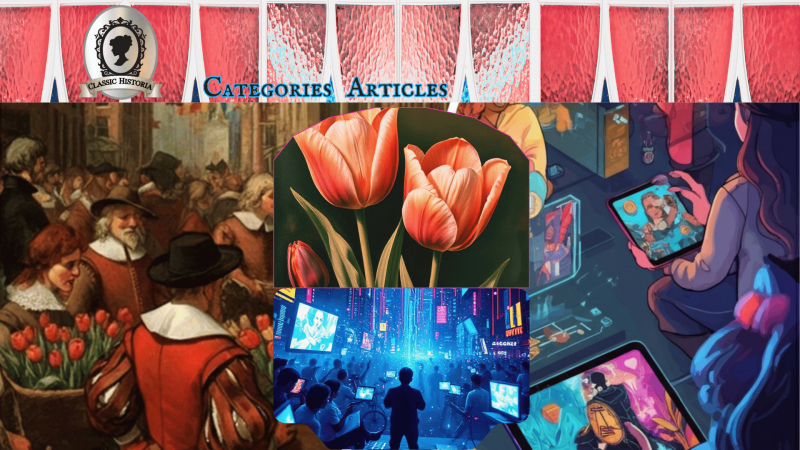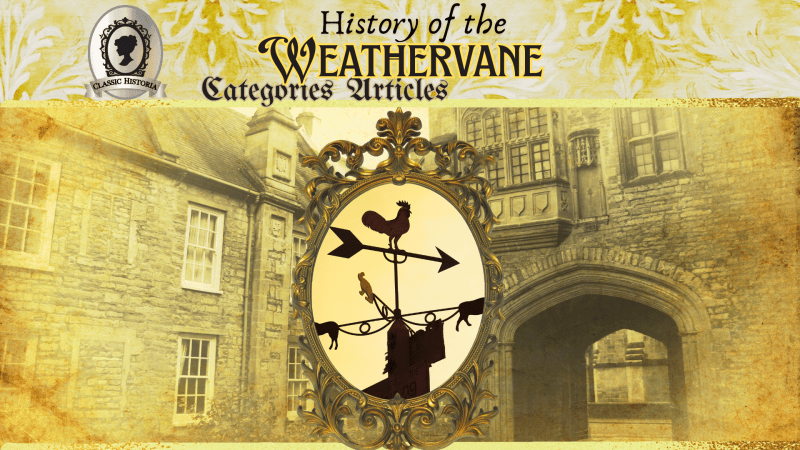Classic Historia may receive a commission on purchases made through Amazon and eBay affiliate links at no additional cost to you.
The Telegraph
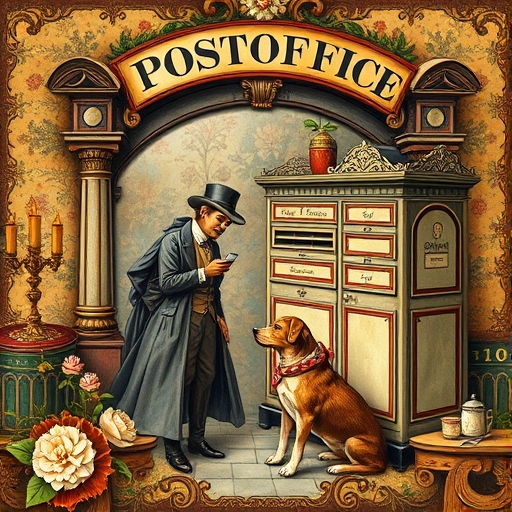
The telegraph, one of the most revolutionary advancements of the 19th century, fundamentally transformed long-distance communication. Designed to transmit coded messages across great distances via electrical signals, the telegraph paved the way for the development of global communication systems as we understand them today. Its invention is largely credited to Samuel Morse and his colleagues in the 1830s and 1840s, with Morse developing the famous Morse code to encode textual information.
First put to practical use in 1844 with the historic message "What hath God wrought" sent between Washington, D.C., and Baltimore, the telegraph quickly became a vital tool in various industries. Railroads depended on it to coordinate schedules, military forces used it for strategic communications, and journalists relied on it to break news stories rapidly. By the 1850s and 1860s, networks of telegraph lines crisscrossed continents, connecting cities and nations like never before. The completion of the transatlantic cable in 1866 extended the reach of the telegraph across oceans, enabling near-instantaneous connections between North America and Europe.
The telegraph also played a critical role in shaping business and politics. Companies could communicate with remote operations more efficiently, and governments harnessed their power for state and diplomatic purposes. Despite being eclipsed by telephone technology in the early 20th century, the telegraph's impact remains undeniable. It not only set the stage for modern electronic communication but also reshaped how societies thought about time, distance, and connectivity. The speed and reliability of the telegraph were a marvel at the time, sparking wonder and awe in those who witnessed its capabilities.
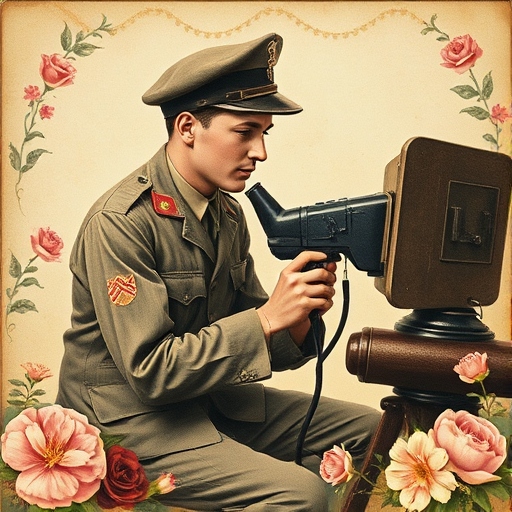
Even today, the legacy of the telegraph lives on. The iconic phrase "dot dash" from Morse code is still ingrained in popular culture, often associated with secret messages or spy networks. Additionally, modern communication technologies like email and instant messaging owe their existence to the telegraph's innovations. Though it may seem outdated now, it was truly a game-changing invention that revolutionized how we communicate and connect.
Telegraphs, in their prime, were intricate devices that combined functionality with the industrial design sensibilities of the 19th century. Typically constructed from wood and metal, they featured a compact yet sturdy frame designed for long-term use. The key component was the telegraph key—a small lever, often polished to a gleaming finish, which the operator pressed to send signals in the form of short and long pulses (dots and dashes). Early models were often accompanied by a sounder, a mechanism that produced audible clicks to interpret incoming messages. Sometimes these devices included dials, switches, or even paper reels for recording transmissions. Despite their relatively simple appearance, telegraphs carried the weight of innovation, their elegant forms outlined the bridge between artistry and engineering in a transformative era of communication.
Today, while telegraphs are no longer in use, they have become cherished artifacts and symbols of human ingenuity. Museums around the world feature exhibits on Morse code and telegraph technology, preserving their legacy for future generations to appreciate. In a way, the telegraph represents a romanticized view of a simpler time when communication was more calculated and labor-intensive. It also serves as a reminder that even the most groundbreaking technological advancements are just one step in an ongoing journey toward progress and innovation. As we look back on the telegraph's impact on history, we can't help but wonder what other transformative inventions may lie ahead, waiting to shape our future. As technology continues to advance, we can only imagine what new forms of communication will emerge in the future.
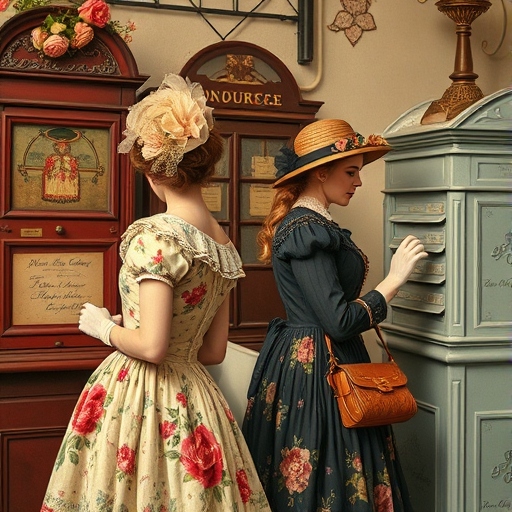
|
Innovation |
Creation Date |
Description |
|---|---|---|
|
Telegraph |
1830s |
Revolutionized long-distance communication with electrical signals and Morse code. |
|
Telephone |
1870s |
It allowed real-time voice communication over long distances, which was invented by Alexander Graham Bell. |
|
Ham Radio |
1901 |
Ham radio, also known as amateur radio, began in the early 20th century and was pioneered by experimenters and hobbyists like Guglielmo Marconi who explored the potential of wireless communication. |
|
Radio |
1920s- 1930s |
Enabled wireless transmission of audio through electromagnetic waves, marking the birth of broadcasting. |
|
Television |
1920s |
Combined audio and moving images to provide a new form of mass communication and entertainment. |
|
Walkie-Talkie |
1930s - 1940s |
Walkie-talkies were created by Donald L. Hings in Canada and were initially developed for wartime communication. |
|
CB Radio |
1940s |
Enabled individuals to stay connected across vast distances, particularly during the 1970s when it gained immense popularity among truckers and hobbyists alike. |
|
Pager |
1940s |
The pager was a communication device primarily used for transmitting short messages to individuals, especially in professional and medical settings. |
|
Satellite |
1957 |
Enabled radio transmission for scientific data through space-based technology. |
|
Fiber Optic |
1960s |
Revolutionized data transmission by enabling high-speed communication through light signals. |
|
Internet |
1960s |
Interconnected global networks, forever revolutionizing communication, information, and commerce. |
|
Personal Computer |
1970s |
Over time, it revolutionized communication by bringing power into homes and offices, transforming work, education, and entertainment. |
|
Smartphone |
1993 |
Merged telecommunication, computing, and internet access into a single, portable device. |
|
Podcasting |
2000s |
Enabled individuals to create and share audio content globally, fostering diverse narratives and on-demand storytelling. |
The evolution of communication technologies has profoundly shaped the way humans connect, share, and interact. From the early days of telegraph morse code to the groundbreaking development of the internet and smartphones, each innovation has revolutionized the exchange of information and bridged distances across the globe. As technologies continue to advance, the potential for greater connectivity and collaboration expands, offering new possibilities for building a more interconnected and informed world. The history of communication serves as a testament to humanity's relentless pursuit of progress and the desire to enhance how we connect with one another.
Like this article? Discover more at Classic Historia for a deeper exploration into the past that has shaped our world.




